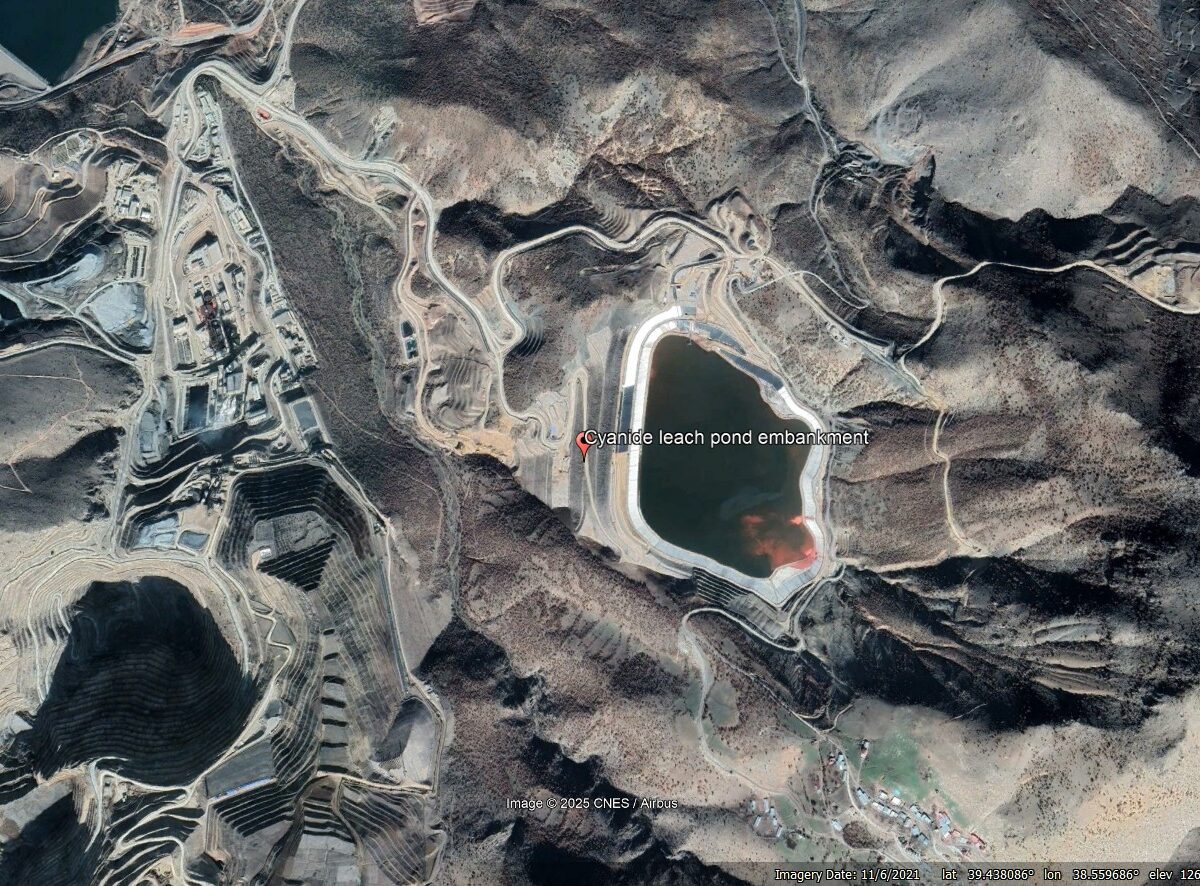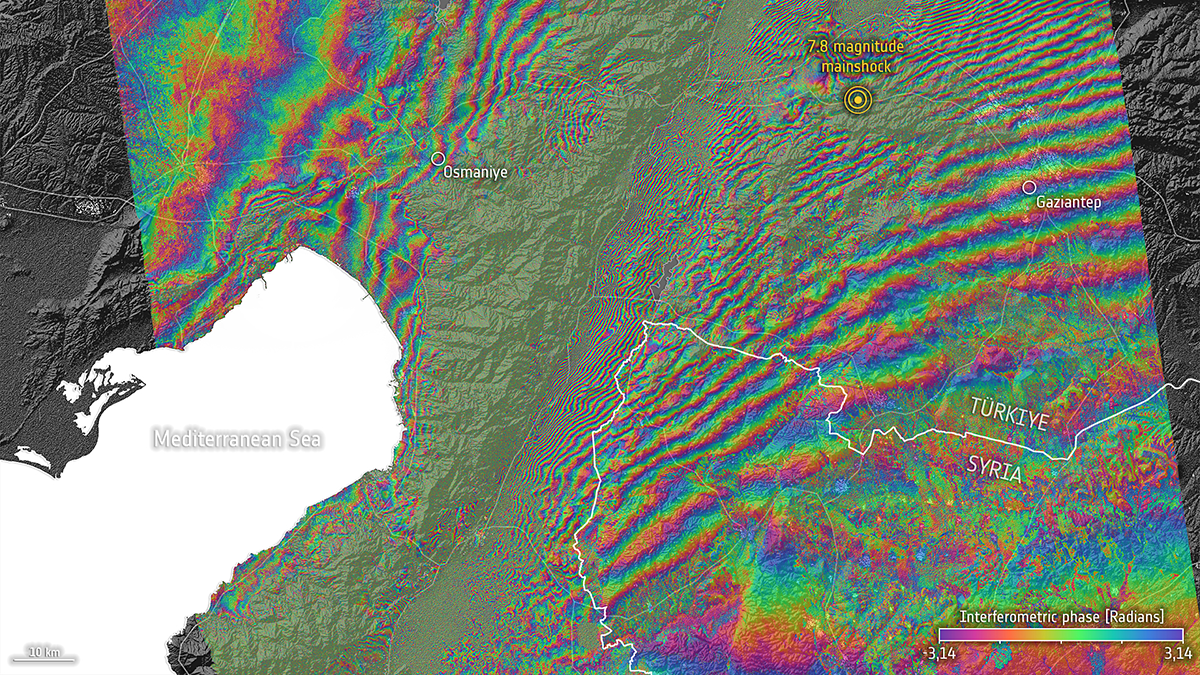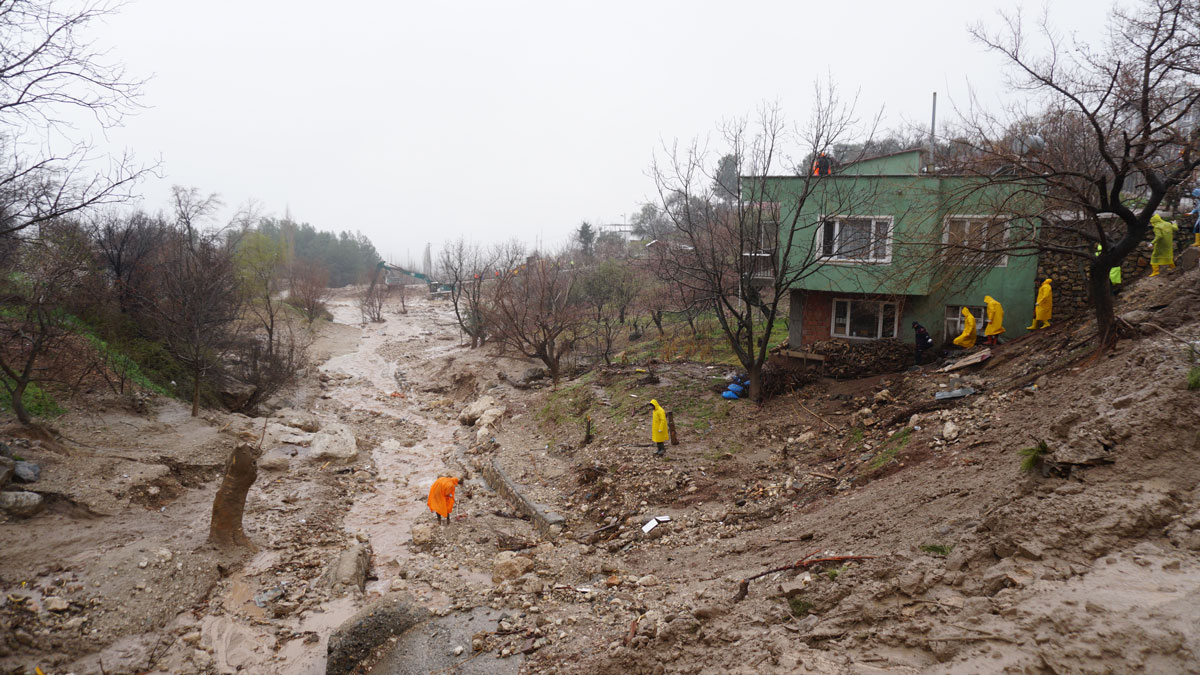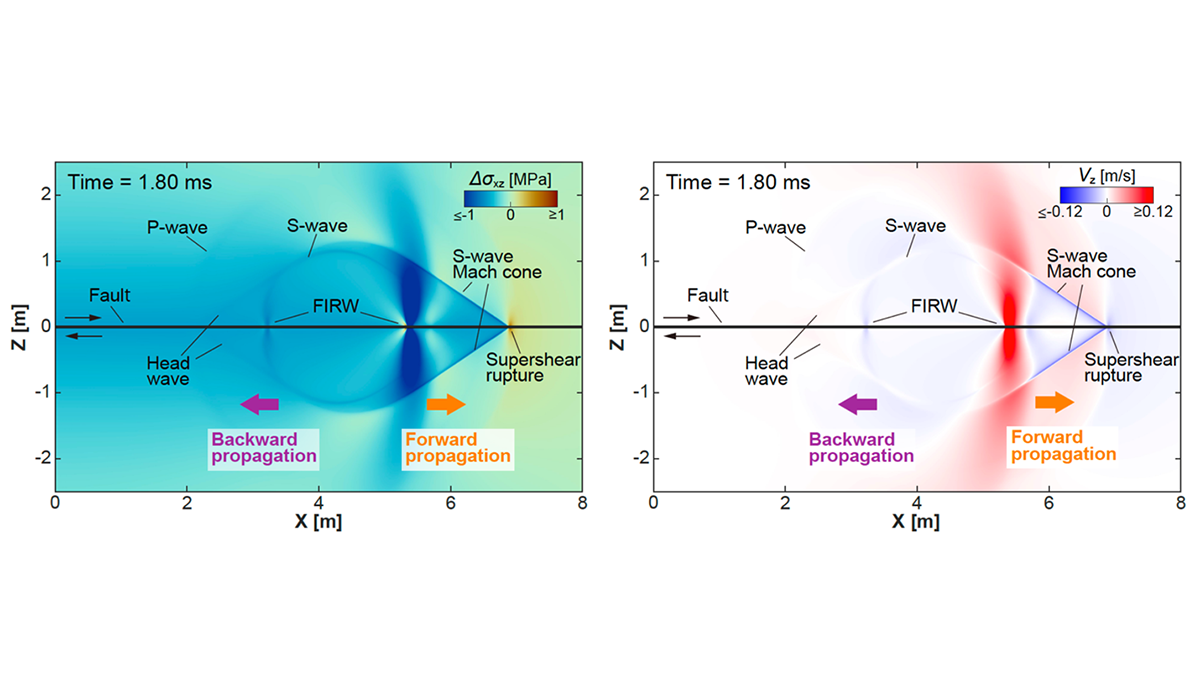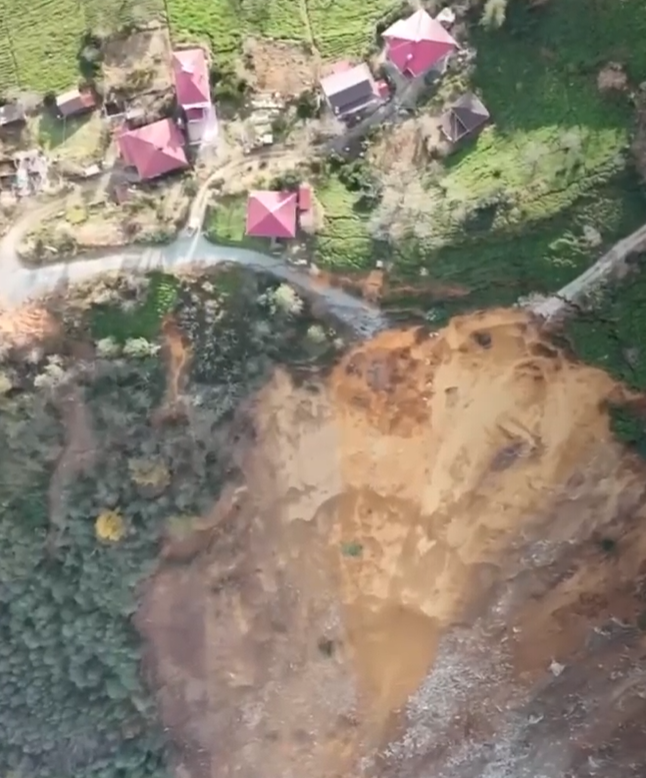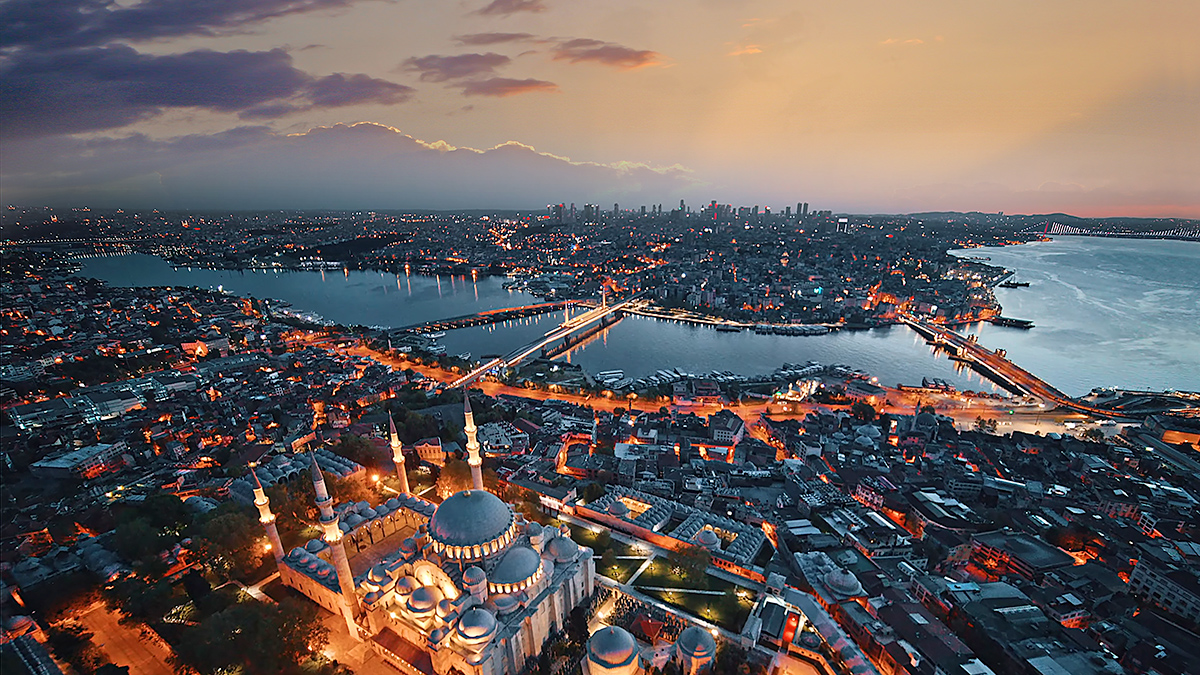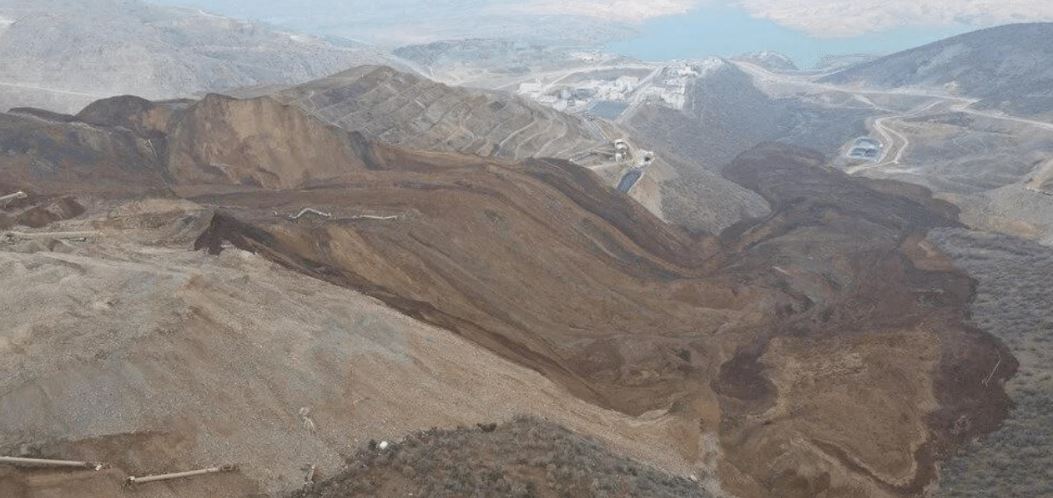The Landslide Blog is written by Dave Petley, who is widely recognized as a world leader in the study and management of landslides. On 13 February 2024, the enormous Çöpler Gold Mine Landslide occurred in Erzincan, Türkiye (Turkey), killing nine miners. This was the first of two massive and immensely damaging heap leach mine failures […]
Türkiye (Turkey)
Türkiye-Syria Temblors Reveal Missing Piece in Earthquake Physics
Newly discovered aseismic events triggered by the 2023 Kahramanmaraş earthquake may represent a mode of fault slip between earthquakes and slow-slip events that researchers have long been seeking.
An Atmospheric River Exacerbated Türkiye’s 2023 Earthquake Crisis
A new study reveals how an atmospheric river led to more devastation after two earthquakes hit Türkiye and Syria, highlighting the need for better risk assessment models.
Landslide hazards in the area affected by the 2023 Türkiye-Syria earthquake
The Landslide Blog is written by Dave Petley, who is widely recognized as a world leader in the study and management of landslides. It is well-established that landslides are a major threat during earthquakes in mountain areas. In the last few decades, it has become increasingly clear that the first very major rainfall event after […]
Rewinding the Fault: Stress Perturbations Promote Back-Propagating Ruptures
Free surface reflection and fault geometric asperities can excite backward propagation in the form of an interface wave or high-order re-rupture.
The 8 December 2024 landslide at Arhavi in Turkey
The Landslide Blog is written by Dave Petley, who is widely recognized as a world leader in the study and management of landslides. On 8 December 2024, a very large landslide occurred at Arhavi in the Artvin area of Turkey, killing four people in a car that was travelling along the coastal highway. Tolga Gorum […]
Telecom Fibers Are Sensing Earthquake Hazards in Istanbul
A fiber-optic cable below Türkiye’s earthquake-prone metropolis is offering new details about how seismic waves will rattle the city—and demonstrating the potential of a bigger monitoring effort.
An update on the 13 February 2024 landslide at Çöpler Mine in Turkey
The Landslide Blog is written by Dave Petley, who is widely recognized as a world leader in the study and management of landslides. The news cycle has mostly moved on from the 13 February 2024 landslide at Çöpler Mine in Turkey, but after a few weeks it is interesting to take stock of the situation, […]
Precursory deformation for the 13 February 2024 landslide at Çöpler Mine in Turkey
The Landslide Blog is written by Dave Petley, who is widely recognized as a world leader in the study and management of landslides. As the clean-up after the 13 February 2024 landslide at Çöpler Mine in Turkey continues (as it will for many more months), further information is emerging about the events leading up to […]
First satellite imagery of the 13 February 2024 landslide at Çöpler Mine in Turkey
The Landslide Blog is written by Dave Petley, who is widely recognized as a world leader in the study and management of landslides. On Friday, the first set of satellite images became available of the 13 February 2024 landslide at Çöpler Mine in Turkey. This was a very good radar image released by Capella Space […]

